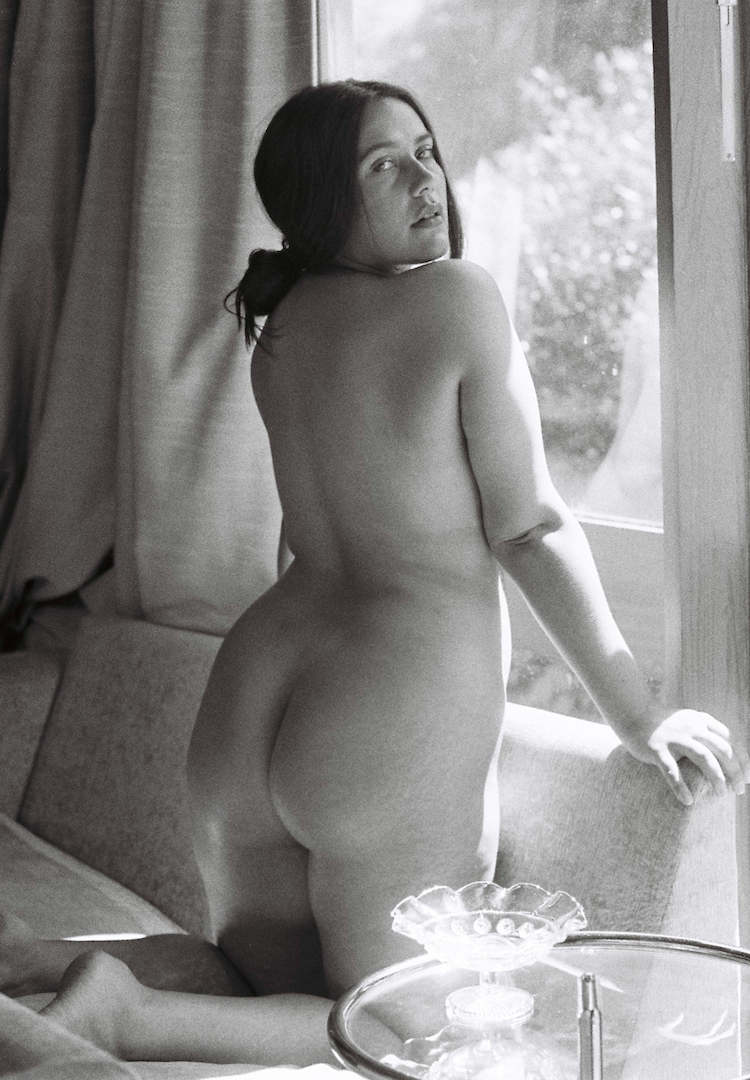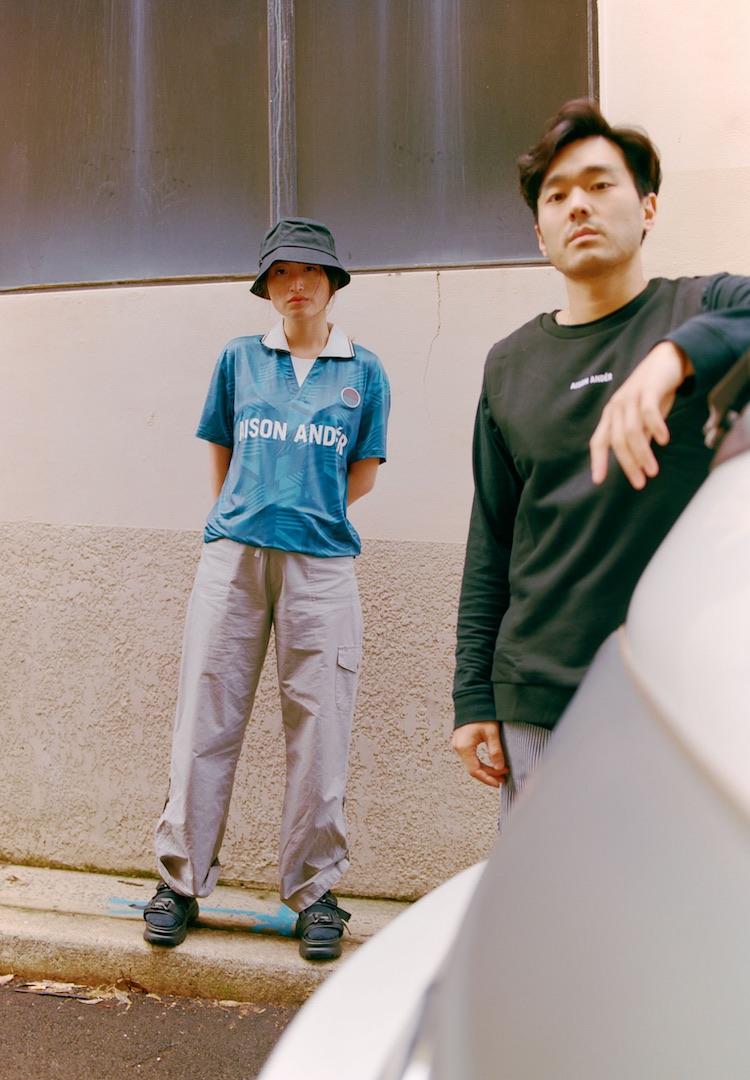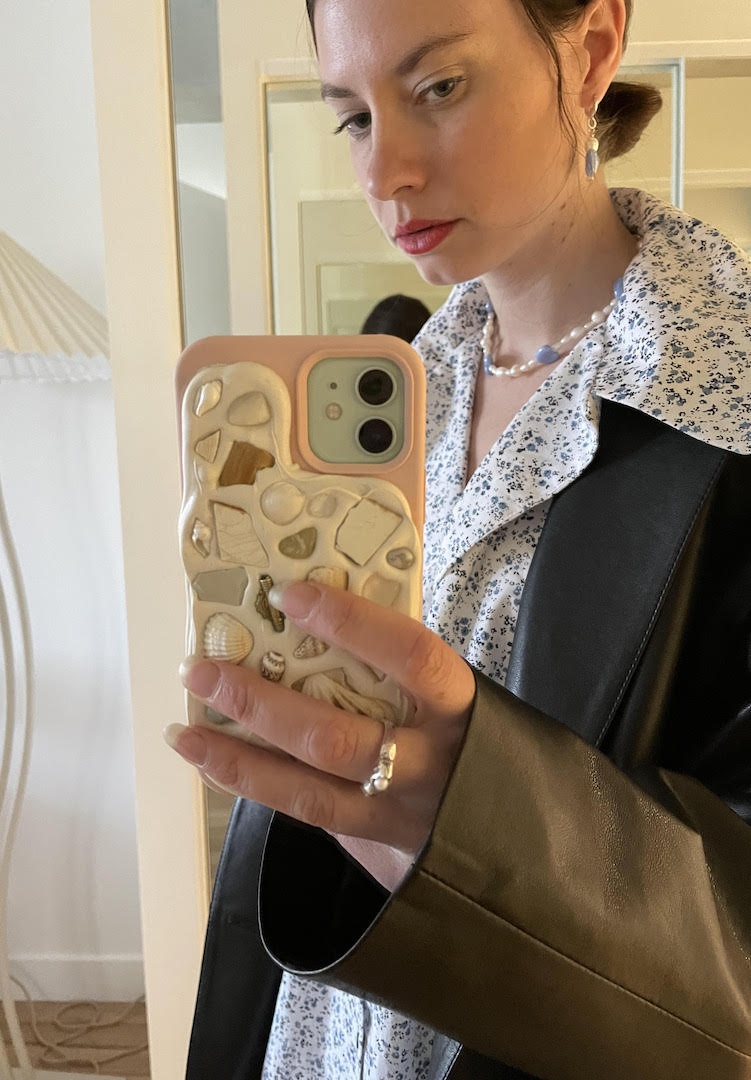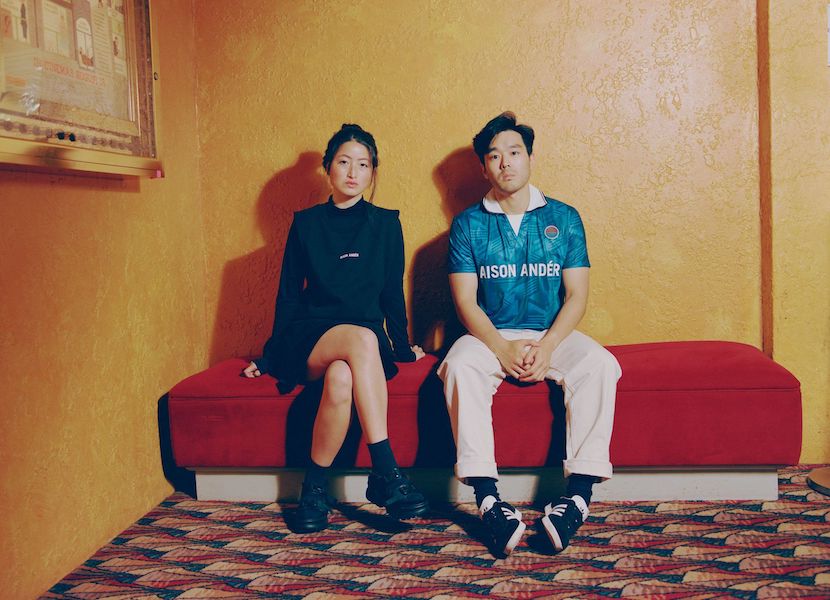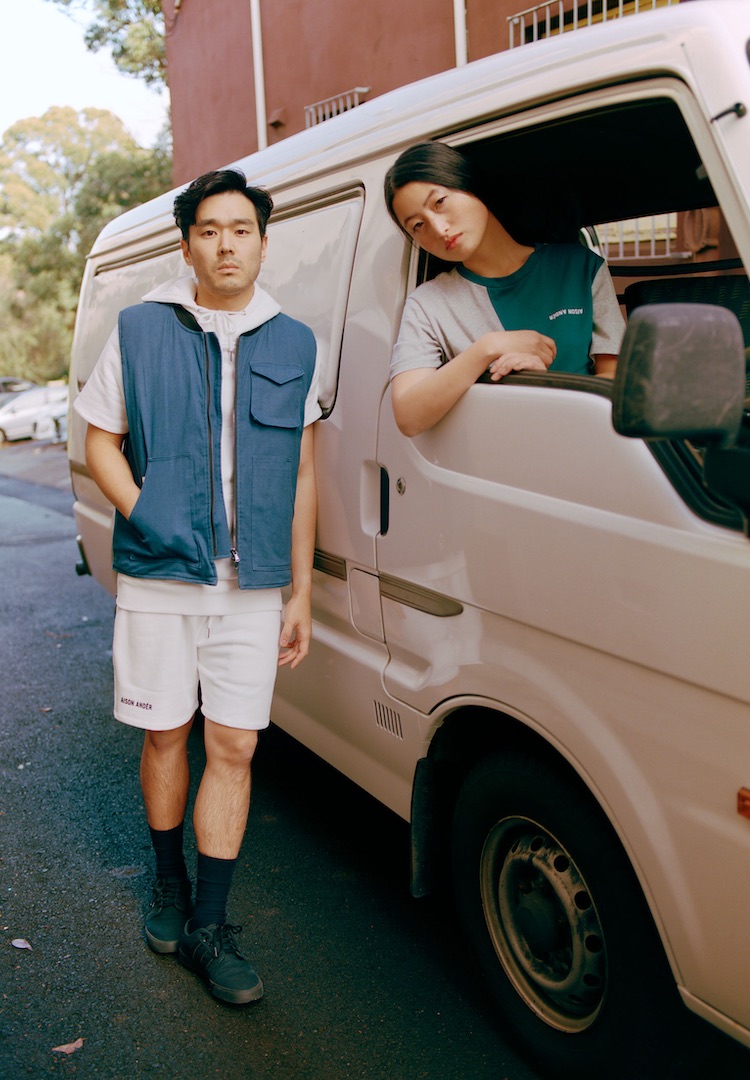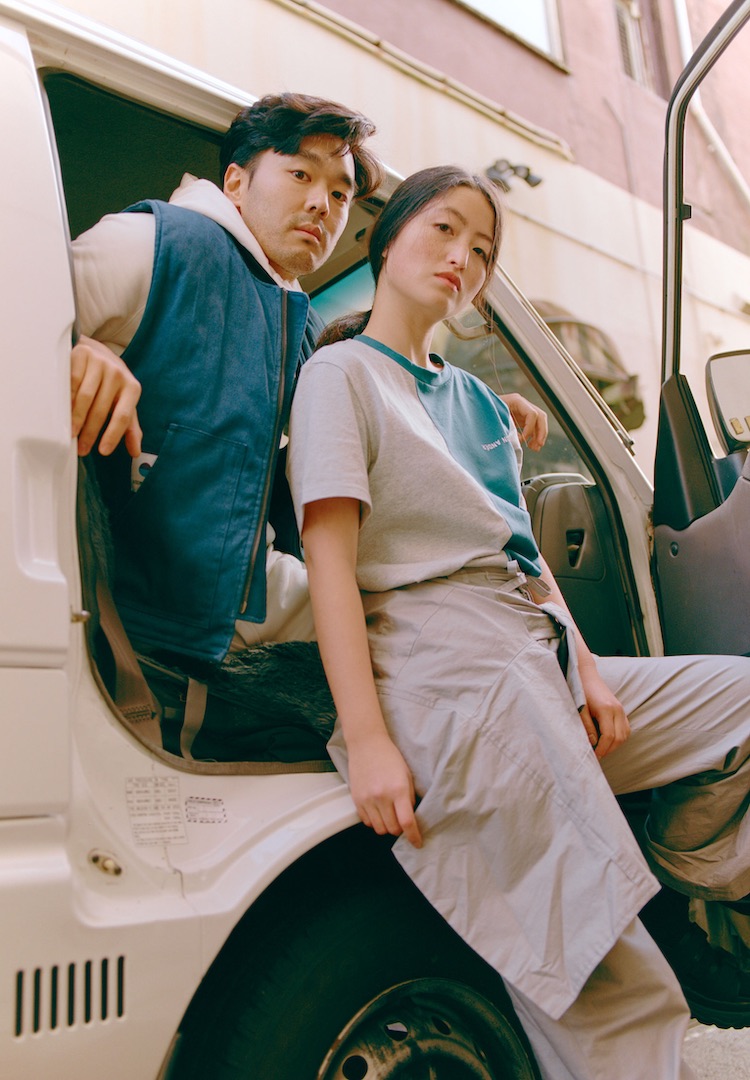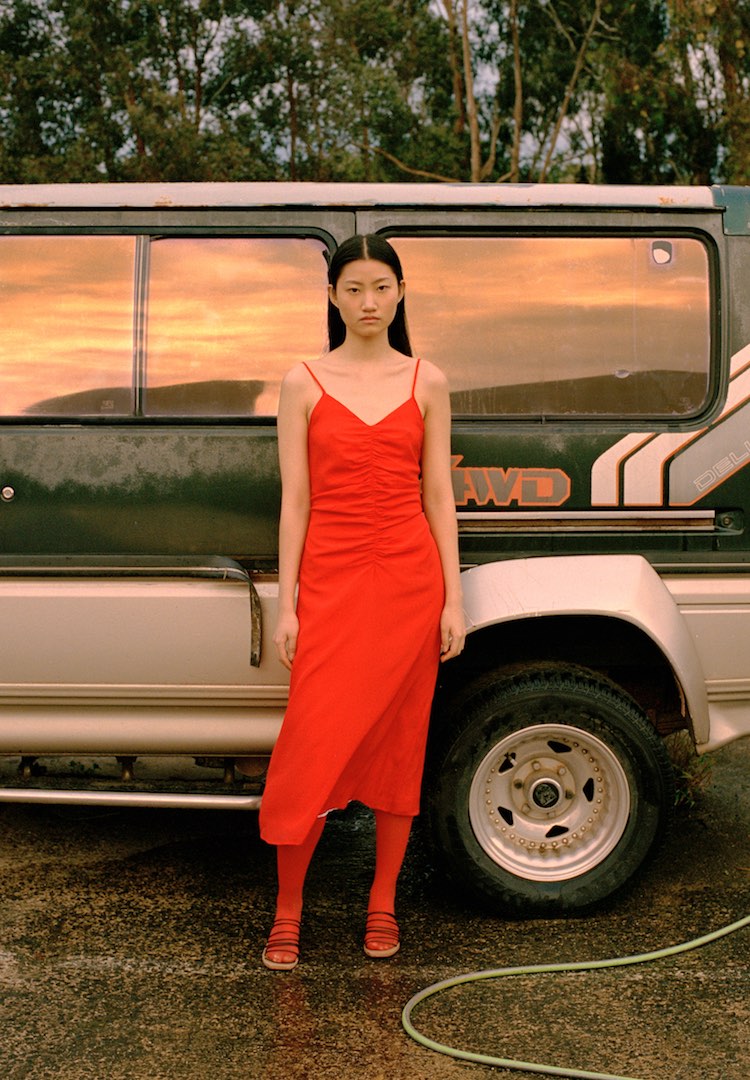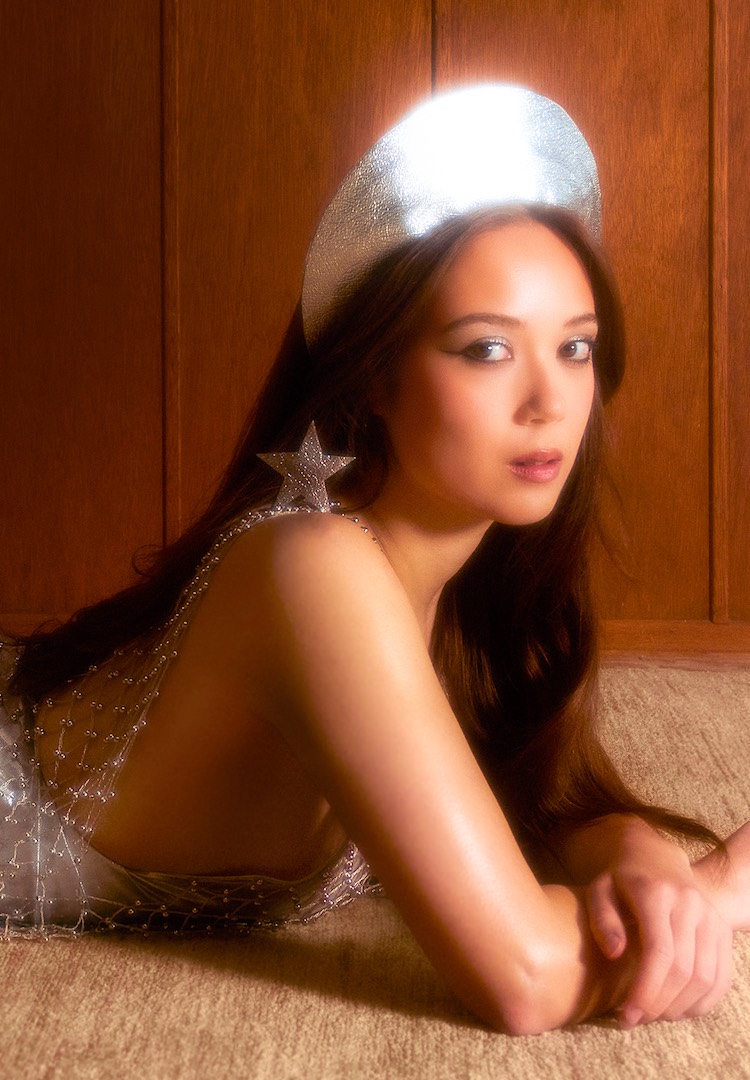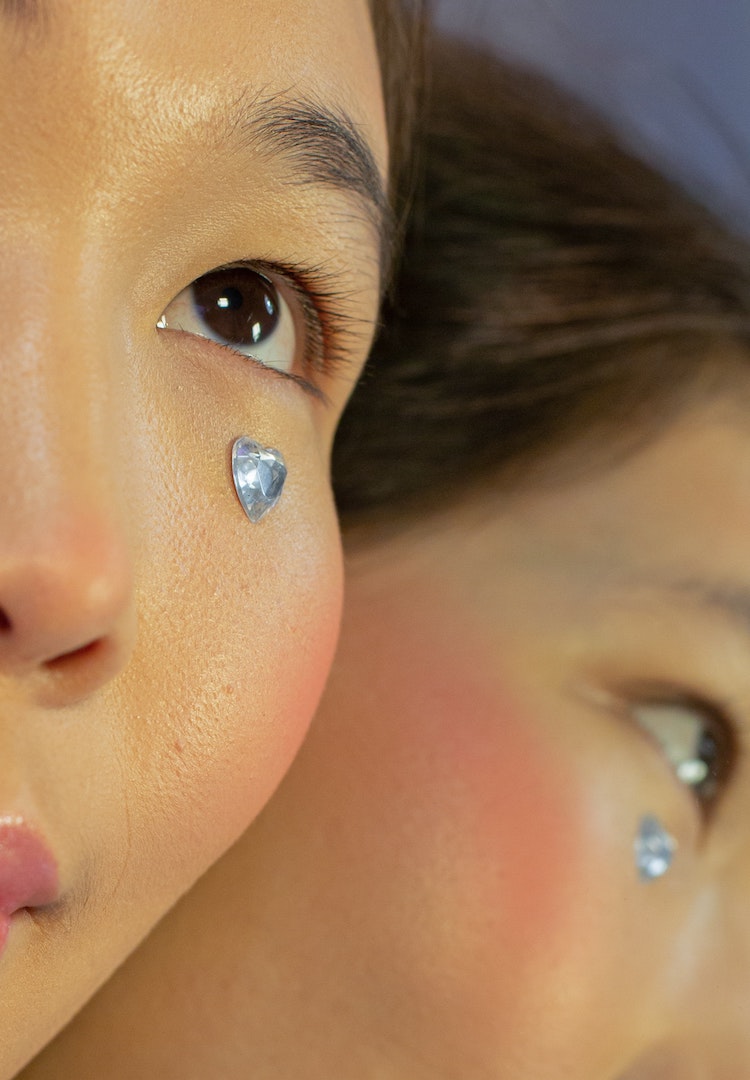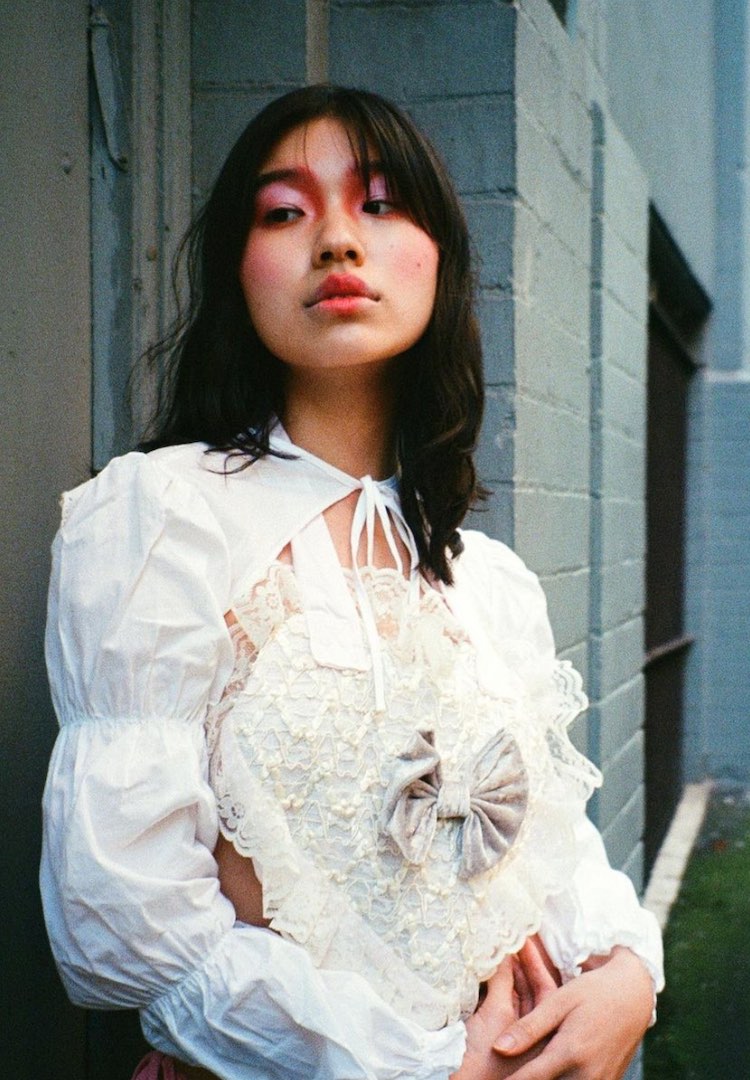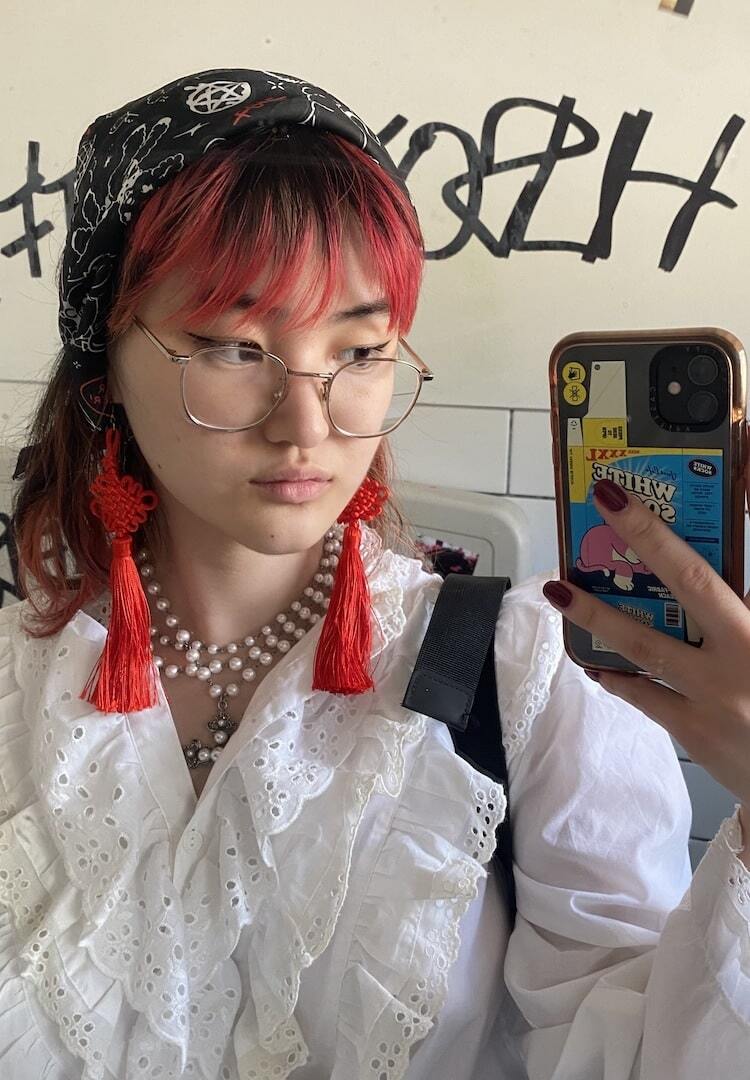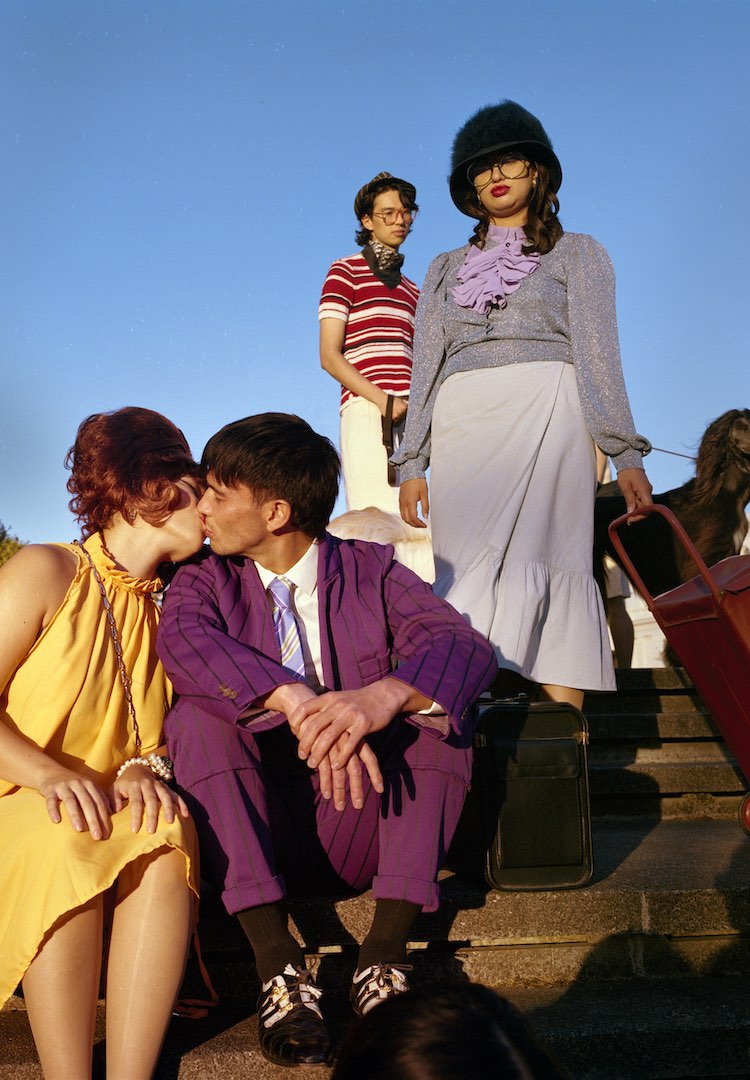How Asian-Australian designer Alexander Wu-Kim uses fashion to explore his heritage
Words by Joseph Lew
Culture, connection and clothing.
As a member of the Asian community, the past year has been incredibly fucking exhausting. I’ve watched as my entire culture has been condensed to statistics and obituaries, racist-stereotypes and the butt of every coronavirus related joke.
I’ve watched as micro-aggressions and racial attacks on my community have been given centre stage, with the fox-eye trend dominating TikTok, and the terms Kung-Flu and Wuhan virus sprawled across newspapers and television screens. I’ve watched as people in power drew invisible lines between us and everyone else, trapping us in a bubble of pain and absolute fear.
For more fashion news, shoots, articles and features, head to our Fashion section.
And even as we see the news reports and read the statistics, for some reason, we in Australia stay silent. Complacent. So let me remind you: we’re no better. In the past year, more than eight in 10 Asian-Australians reported facing discrimination – and look, that’s eight too many.
In the wake of all this, I thought it would be more important than ever to showcase Asian creatives, especially those doing their part to support the broader community. I stole a moment of Alexander Wu-Kim’s time, the founder of fashion label Aison Ander, to talk about his Korean-Australian heritage, the importance of community, and why his label is more than just a clothing brand.
What does being Korean-Australian mean to you?
I feel like being Korean-Australian, I have a responsibility to share the culture and the heritage that I’m part of, whether that is the traditions and customs that we have, the experiences that we’ve had in the past, or the experiences we have as a people that have come to Western civilisation.
Sharing that at the moment is super important because I think it helps give people an appreciation of us as a people, an understanding of our identities and a greater appreciation of our culture. We have to educate and teach the people around us what our culture means and what it stands for and why it’s important. So for me, it comes with a lot of responsibility to share that story, and to share that identity that I have.
How do these experiences and your cultural identity shape your creative process?
If we’re talking specifically about Aison, the whole campaign was centred around this experience of being of Korean-Australian identity and that intersection. That comes across in multiple ways, like from small things like the logo – the logo is an iteration of the Korean flag – all the way to the name itself. The name Aison is actually an East-Asian term, which means ‘a prince reduced to commonality’. And to me, that was a homage to my grandfather, who was a famous film producer in Korea and came here and became a cleaner. A lot of the inspiration that I gain is from my heritage and my culture and my family’s experiences.
View this post on Instagram
What was it like breaking into the Australian fashion and design scene? Did your cultural background and identity create any barriers or stereotypes?
My family was very supportive of doing whatever I wanted to do. But in the Korean community, my mum and my aunt are very well respected doctors and dentists respectively, so the main barrier was this community and the perception that to be successful, you have to do a traditional profession like being in the medical industry or a lawyer.
In terms of barriers in the fashion industry as a whole, I think especially when I started it was very westernised. There wasn’t a lot of diversity in people in higher roles at fashion companies, and even being cast in campaigns. It was quite a big learning process to understand that that was what it was like, but I think since then, there’s definitely been a move towards a more multicultural industry and a lot more diversity.
Can you tell me about the collection you released Love Is The Seed Of Tears? How did this all come about?
Love Is The Seed Of Tears was actually the title of a film that my grandfather produced in the 1970s. And the whole collection was developed and inspired by my grandfather and my grandmother’s immigration story. Within the actual collection itself, elements of all the garments are inspired by that experience in some shape or form. So for instance, the football jersey is inspired by my grandfather. When he came here, the one kind of connection he had with back home was football, because he had pretty much lost every other sense of his identity. So that was a way of paying homage to the sense of familiarity he had.
There’s another piece which is an asymmetrical garment – a T-shirt with two stitched up panels. That was created as a homage to my grandmother, who when she was younger, during the Korean War, wanted to become a fashion designer. She went to sewing school and wanted to be a seamstress, but it never happened, unfortunately. But when she got here she would always upcycle products, because we couldn’t afford to buy new things.
The storyline is deeply rooted in my grandfather’s story. He actually does the voiceover for it as well, so I thought it was only right to name it Love Is The Seed Of Tears. It was initially going to be Love Is The Seed Of It All, but during the post-production process, my grandfather actually passed away so as a personal decision, I thought it seemed fitting to have the actual collection entitled after him as a tribute to his film and his experience as a whole and his story of coming to Australia.
With the events of the recent weeks, what are some of the ways you’ve managed to support your community and the broader Asian community during this time?
To be honest, it’s been such a hard time and I’ve felt kind of lost myself as to what I should actually be doing and felt a bit helpless. So the first thing I thought of was to support those most affected by what’s happening through donation. From the first collection 10 per cent of proceeds are going to key organisations and communities that are progressing the Asian community forward and helping those most in need.
The next thing that I’m working on developing is a short campaign with a few Asian creatives in Sydney to develop a content series that allows them to explain their Asian experiences and to propel Asian excellence. It’ll allow them to talk about the nuances behind how they experience life in Australia, and showcase why they’re proud to be who they are. In that sense, it’s a way to have conversations to educate and inform people, reaffirm our experiences as Asian-Australian people, and also reimagine our identity with power, sensitivity and nuance.
When I was browsing your website, something I definitely noticed was that Aison seems like more of a community than just a brand. Why is that so important to you?
Community is really important to have. I want Aison to be a place that people like me can go to and think ‘This is a brand that speaks to me, that advocates for things that I am passionate about and things I believe in.’ That’s why a lot of my wording is rooted in that sense of family. Obviously family can be blood, but I feel like family is also people you can connect to because of a shared sense of heritage or that shared sense of experience.
If we backtrack a little, you mentioned that you wanted to share the experiences of other Asian creatives. When it comes to your own personal life, what are some of your own experiences growing up Asian in Australia?
I grew up in Australia all my life, but I went to Scots College, a very Western school in the Eastern suburbs of Sydney – I was pretty much only one of two Asians in my grade. Ever since I was young, I felt out of place and a bit different which was hard to deal with at the time because I didn’t know what was going on. So I ended up suppressing my Asian identity when I was younger, just to try and fit in and be liked by all the other kids around me. For example, I would make my grandmother and my grandfather park their car a few streets down when they were picking me up at school every day because I was ashamed of my friends seeing them and knowing that I had ageing grandparents that didn’t speak English.
I hate to say it but I was ashamed to be Asian at the time. There are always these comments you get in school like, “You’re the cool Asian,” and “You’re the good-looking Asian”, and at the time, you just think it’s a compliment. But when you get older, you only start to realise how problematic that kind of sentence is. Now that I have a deeper appreciation of who I am and of my heritage, I’m trying to share that experience with everyone around me to the point where young kids can be like “This is cool, I’m proud to be Asian.”
To find out more about Aison Ander head here.

